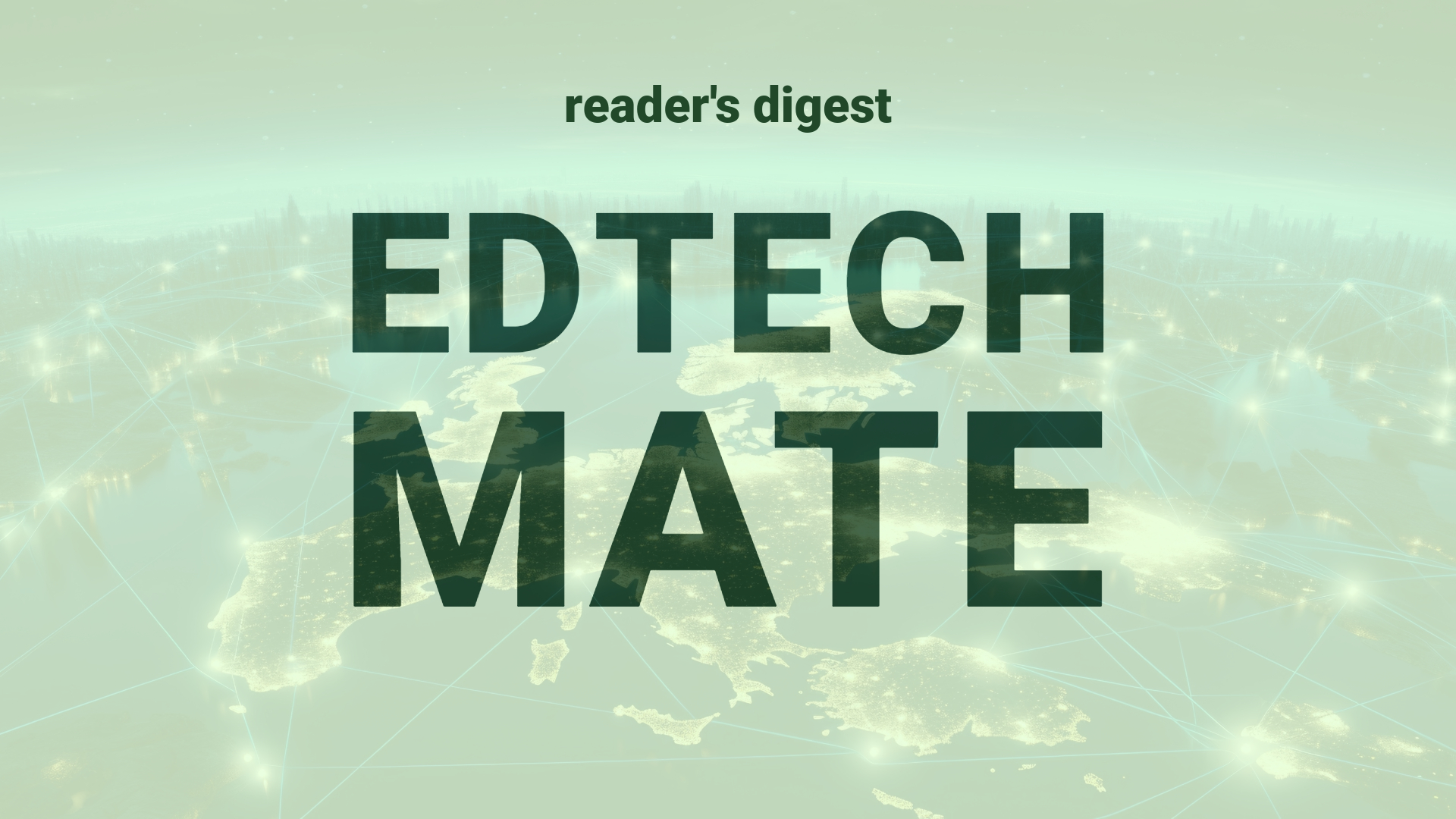Executive Summary and Main Points
Key innovations and trends in the intersection of technology and international education have been highlighted in the recent four-part series “Tech at Work” from HBR IdeaCast. The series, featuring senior tech editors Juan Martinez and Tom Stackpole, delves into the strategic use of digital collaboration tools in the workplace. Contributions from Paul Leonardi, the Duca Family Professor of Technology Management, and Sandra Ma, CEO and co-founder of Jovial, provide insights on aligning collaboration tools with specific work tasks and recognizing when a technology fails to serve a team effectively. The discussions emphasize the nuances of selecting appropriate digital tools to enhance organizational communication and productivity.
Potential Impact in the Education Sector
The evolution of digital collaboration tools has significant implications for Further Education, Higher Education, and the provision of Micro-credentials. Aligning these technologies with educational tasks can facilitate effective learning and administration. Particularly, strategic partnerships between educational institutions and tech developers can lead to tailored solutions that address the unique needs of academic environments. Digital transformation within the sector fosters a borderless educational ecosystem, encouraging cross-cultural collaboration and harmonizing global educational standards.
Potential Applicability in the Education Sector
Within global education systems, AI and digital tools offer numerous innovative applications: from virtual classrooms that connect diverse geographical locales to AI-driven analytics for personalized learning trajectories. The application of such tools should be geared toward the optimization of both asynchronous and synchronous educational interactions, enabling more efficient student engagement and administrative operations. Incorporation of these technologies can lead to advances in the development and delivery of Micro-credentials, allowing for more flexible and accessible learning pathways.
Criticism and Potential Shortfalls
Despite the promise of digitalization in education, certain criticisms and shortfalls must be acknowledged. Case studies comparing international uptake reveal disparities in access and effectiveness of technology-enhanced learning. Ethical considerations, including data privacy and the digital divide, present constant challenges. Culturally, the over-reliance on digital tools might threaten traditional educational values, necessitating careful integration to preserve the core tenets of global diverse education systems.
Actionable Recommendations
To fully harness the potential of technology in education, it is crucial for international education leadership to undertake strategic assessments of digital tools. Recommendations include thorough evaluations of digital collaboration tools’ effectiveness, focus on user-centric design principles, and ongoing professional development for educators in digital fluency. Additionally, forming consortia to share best practices and resources can help spread the benefits of educational technology more equitably around the world. Finally, fostering ongoing dialogue about the ethical use of AI in education is imperative to ensure responsible and effective deployment.
Source article: https://hbr.org/podcast/2024/05/tech-at-work-how-to-get-the-most-out-of-digital-collaboration-tools

